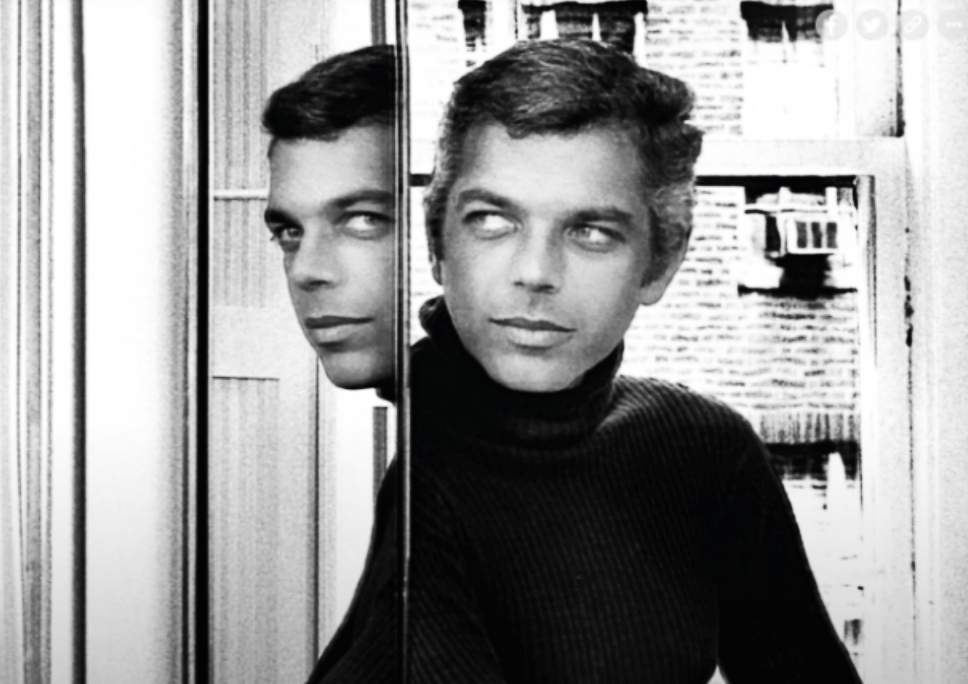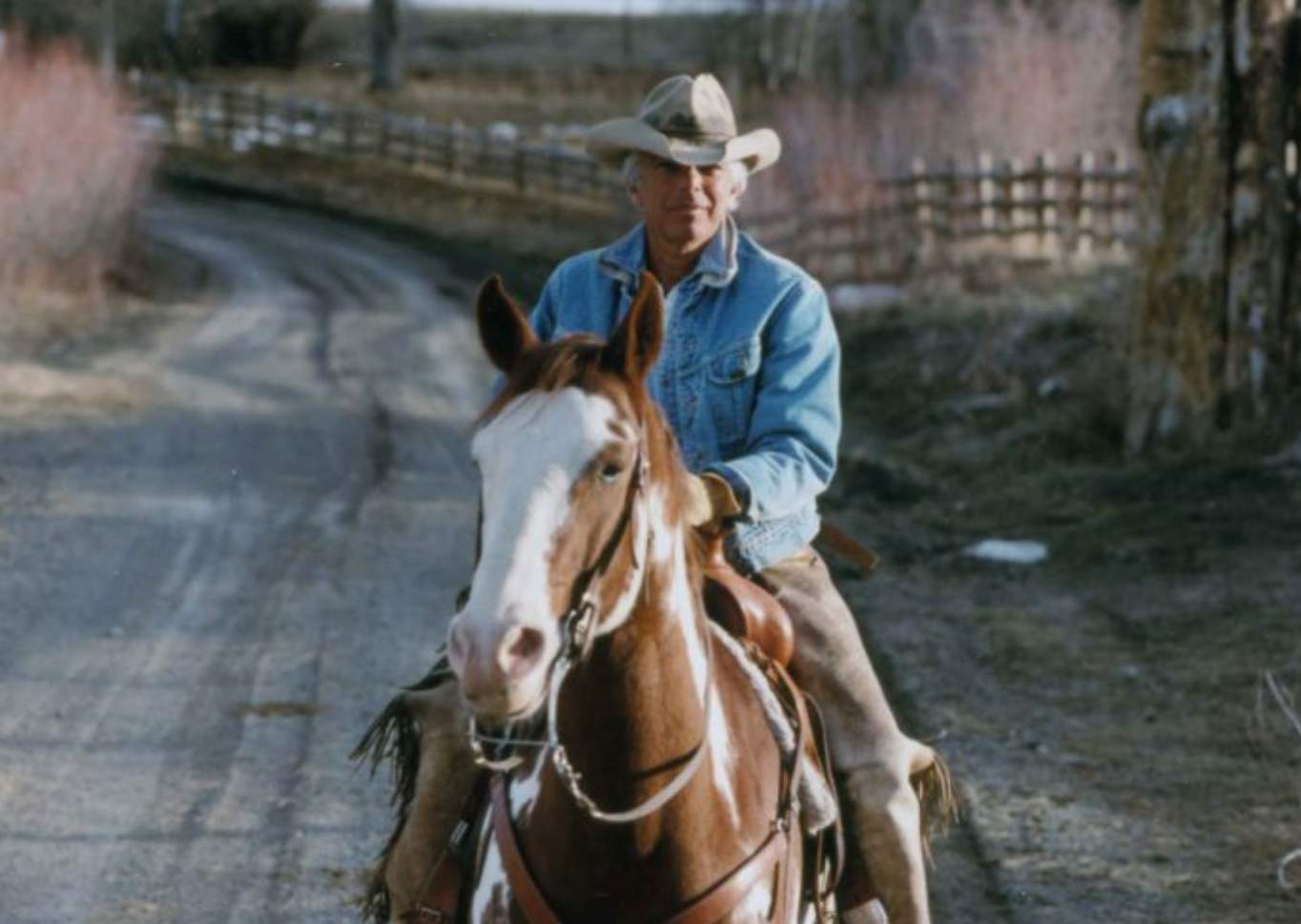Ralph Lauren: A True Superhero of All-American Fashion
Ralph Lauren grew up during the Golden Age of Hollywood and spent every Saturday at the movie house watching Cary Grant or admiring Audrey Hepburn’s style.
“The films of those eras, mostly in black and white, had a romance and a real glamor that I found inspiring.”
Movies were his escape from the gritty, suburban sprawl of New York in the 1940s and ‘50s and - as it would later transpire - a welcome respite from Ralph’s life-and-death struggle with cancer and crippling financial worries that almost brought down his business empire.
Ralph Lauren lived the American dream - making a better life for himself, many of his most vulnerable workers, and others he helped through philanthropic work - but it certainly wasn’t in the way Ralph imagined life would be while watching Fred Astaire dancing in a top hat and tails.

The early years
Born in 1939 at the start of World War II, he was the youngest of four children whose parents were immigrants from Belarus in Eastern Europe - a country targeted both by Nazi Germany and the Soviets during the war. He shared a bedroom with his two older brothers and habitually wore their hand-me-down clothes - an inauspicious beginning for a style icon.
Growing up in the Bronx with a surname like Lipschitz was never going to be easy, but for Ralph Lauren it was torturous. After enduring years of bullying and ridicule, he legally changed his surname at 16.
“My given name has the word s*** in it,” Lauren has explained. “It was a tough name. Then people said: ‘Did you change your name because you don't want to be Jewish?’... It had nothing to do with not being proud of who I am. It had to do with not wanting to be at a detriment for no reason in a world that makes fun of things.”
“I started with nothing,” he told US Vogue, but his father, Frank, was an artist and house painter. Early on, Ralph discovered he had an eye for design and an innate sense of style. Back in the ‘40 and ‘50s it didn’t matter, however. Ralph had other plans.
“My dream was to become a professional athlete. I lived sports. That’s what I did all day long,” he told Jeffrey Trachtenberg, author of The Man Behind the Mystique. “My biggest influences were Joe DiMaggio, Bob Cousy, Sweetwater Clifton - and maybe Randolph Scott because I loved cowboys.”
While Ralph Lauren didn't graduate at the top of his class back in 1957, he made up for it in ambition. He summed up his goal in the yearbook: “Millionaire.”
"The brand new social experience where you activate your gaming skills as you train like a spy."
- TimeOut
Take on thrilling, high-energy espionage challenges across different game zones.

The young superhero
America’s post-WWII recovery was well underway when Ralph was a teenager but the Vietnam War was gearing up. Ralph took business classes at night school and worked in sales at Brooks Brothers in Manhattan, noticing that shoppers would pay extra for personal service and quality.
His retail career was short-lived, however. On Dec 30, 1960, Ralph Lauren was drafted into the US Army and reported for basic training in Fort Dix, New Jersey. He trained as a supply clerk - a valuable lesson in organizing stock - but military life wasn't for him: "You have no face. You're not a person. You're a robot," he said.
He admired the uniform, however: “When you wear an old military jacket there’s some sort of connection to those qualities - to being strong, to being tough, to being a warrior.”

The birth of the Polo range
Lauren eventually moved back to New York and worked as a tie salesman, which triggered an idea - he could design a high-end, wide tie for clients who could afford to spend $15 or $20. To excel, he’d need a financial backer, however, which is how Lauren found himself shaking hands with Norman Hilton. “Forty-seven years ago, someone lent me $50,000 to make ties...and it turned into something great.”
A visit to a polo match helped shape his vision for the Polo brand. New York’s Bloomingdale's was on board with Ralph’s idea but they had two conditions: narrow the ties and ditch the polo player logo.
“I walked out,” he recalled. “I thought my legs would crumble.” Bloomingdale's called back six months later and offered Ralph his own concession stand, a first for the retailer.

Tough times & a turnaround
Retail is a fickle business, however, and by the early ‘70s, Ralph’s company was in dire straits. “I was so scared,” Lauren recalled in a documentary. “I was sweating, but it was cold.” His voice cracked as he added: “I was worried about telling my father.”
Bloomingdale's advanced Lauren the credit he needed and he'd turned around the company by 1974 when Hollywood came calling. Ralph was asked to design the men's costumes for Robert Redford's character in The Great Gatsby. His theatrical sense of style served him well.
“Ralph was doing Gatsby way before the movie,” said Buffy Birrittella, Ralph Lauren’s women’s wear designer for 50 years. “He defined the characters through the clothes.”

Tragedy
He was 47 and at his peak in 1987 when he was diagnosed with a brain tumor. “I now know what it feels like to get sick, to not be connected to the world because you're in a hospital,” he said. “ It was the most frightening moment of my life - and I lived with it alone… I didn't tell anybody except my wife and my brother.”
After the surgery, he became very sensitive to others who were ill. Despite his recovery, the next few years were difficult, however. Ralph Lauren was expanding too quickly - from clothing to home furnishings. This time, Goldman Sachs bankers stepped in with an offer he couldn’t refuse.
Within a decade, the brand was listed on the stock market and pushing its way into Europe but there were more tough times ahead. The company scored an ‘own goal’ in 2014 when it outsourced the US Olympic uniforms to China. The Covid-19 pandemic was another blow.

The True Superhero: giving back
Ralph Lauren stepped down as CEO in 2015 but his place in fashion history is secure, not just as a retailer but as a philanthropist.
In 1989, he co-founded the Nina Hyde Center for Breast Cancer Research in honor of his friend, fashion editor Nina Hyde. She’d raised $2m to establish a cancer center and needed more support. “Nina only saw the beginning of my commitment,” Ralph said. “In the same year that she came to me, she passed away. She was only 57.”
By 2002, he’d launched the Pink Pony Campaign to support quality cancer treatment and the Polo Ralph Lauren Foundation to help underprivileged children with education, literacy, and health care.
During the pandemic, the Ralph Lauren Corporate Foundation committed $10m to help staff facing special circumstances, including medical or childcare needs, and it donated 1.5m clothing items to frontline workers and families.
“I do my part in this country to help people who can’t be helped or they need help,” Ralph told Vogue. “I don’t think I’m the gift of the world - I just do what I do, and I love it, and I’ve been lucky.”
SPYSCAPE+

Join now to get True Spies episodes early and ad-free every week, plus subscriber-only Debriefs and Q&As to bring you closer to your favorite spies and stories from the show. You’ll also get our exclusive series The Razumov Files and The Great James Bond Car Robbery!


Gadgets & Gifts
Explore a world of secrets together. Navigate through interactive exhibits and missions to discover your spy roles.
Your Spy Skills
We all have valuable spy skills - your mission is to discover yours. See if you have what it takes to be a secret agent, with our authentic spy skills evaluation* developed by a former Head of Training at British Intelligence. It's FREE so share & compare with friends now!
* Find more information about the scientific methods behind the evaluation here.


Stay Connected
Follow us for the latest
TIKTOK
INSTAGRAM
X
FACEBOOK
YOUTUBE